US presidential elections always have many unexpected and dramatic elements, and even have the potential to change the situation at the last minute.
 |
| Voters cast their ballots at an early voting center on October 27 in Los Angeles, California. (Source: Getty Images) |
Historically, unpredictable factors and changes due to subjective and objective factors have not only made the race to the White House dramatic, attractive, and attracted global attention, but also had a profound impact on the United States and the whole world .
Last minute candidate replacement
The 2024 race witnessed a rare upheaval when Democratic candidate, incumbent President Joe Biden, suddenly announced his withdrawal on July 22 after a debate with Donald Trump on June 27 in Atlanta, Georgia.
There was a precedent when President Lyndon B. Johnson declined to run for re-election in March 1968 amid growing anti-Vietnam War sentiment. However, Biden’s decision, which was related to health issues, was seen as unexpected and late, with less than four months to go before the official vote. However, the Democratic Party quickly stabilized the situation and nominated Vice President Kamala Harris, who had a very high support among Democratic Party members, reaching 99%.
Convicted but still running for office
It is unprecedented in the history of White House races for a former President and candidate to be convicted of a crime while running for office. On May 30, Republican candidate Donald Trump was found guilty by a jury in Manhattan Supreme Court on all 34 counts of falsifying business records. Despite facing the possibility of 16 months to four years in prison, surprisingly, these charges have not only not negatively affected but have helped Donald Trump further strengthen his position in the Republican Party.
Shocking assassinations
US presidential candidates are under heavy security during their campaign. However, there have been five assassination attempts on candidates so far as the race draws to a close.
The first incident occurred in 1912, when former President Theodore Roosevelt was shot and seriously wounded while campaigning. Roosevelt was fortunately saved by the papers and metal glass case in his breast pocket.
The second and most tragic case was the assassination of candidate Robert F. Kennedy (younger brother of the late President John F. Kennedy) in 1968 at a Los Angeles hotel shortly after his victory speech in the California primary.
In 1972, Democratic candidate George C. Wallace was shot and seriously injured by an assassin in Maryland. Although he survived, the bullet wound left him paralyzed, forcing him to withdraw from the race for the White House.
In 2024, the specter of violence seemed to cast a shadow over the race once again when candidate Donald Trump suffered two assassination attempts in just two months. The first incident, Mr. Trump was shot past the ear while giving a campaign speech in Butler, Pennsylvania, on July 13. Two months later, on September 15, he was again assassinated while playing golf in West Palm Beach, Florida. However, the image of Mr. Trump with a bloody face but still raising his fist after the first incident and his determined and tough statements in the second incident further strengthened his reputation.
The decisiveness of the vote
One of the "specialties" of the US presidential election is that the winner does not necessarily have to win the national popular vote but must be the one who gets at least 270 electoral votes from the 538 electoral college.
In the 1824 race, when Andrew Jackson won the popular vote over John Quincy Adams, because neither candidate received the required majority of electoral votes, the election was decided by the House of Representatives and Adams won narrowly by only one vote.
Similarly, in the 1876 race, Rutherford B. Hayes lost the popular vote by 250,000 but won the election by one electoral vote. The 1880 race was even more dramatic, with James A. Garfield beating Winfield Scott Hancock by only 7,368 popular votes and winning 214 electoral votes to his opponent's 155.
In 1960, John F. Kennedy defeated Richard Nixon by less than 120,000 votes out of 68.8 million cast, winning 303 electoral votes to Nixon's 219. The 2000 election between George W. Bush and Al Gore was also a close one, with Bush winning 271 electoral votes to Al Gore's 266 despite losing the popular vote by more than half a million.
The 2016 race continued to show the complexity and fierce competition of the US electoral system when Mr. Donald Trump won with 304 electoral votes, even though Mrs. Hillary won the popular vote with more than 2.8 million votes.
The race between Vice President Kamala Harris and former President Donald Trump is currently extremely tight. To date, Donald Trump is almost certain to “grab” all 219 electoral votes from stronghold states that traditionally support the Republican Party.
Meanwhile, Ms. Harris also has a near-certain hold on 226 electoral votes from the Democratic Party's "home" states. Therefore, it is likely that the voting results in the seven swing battleground states will decide the "fate" of this year's race.
“October Surprise”
Besides internal factors, external events have repeatedly created unexpected turning points in US presidential elections, especially in the final stages.
On October 26, 1972, when National Security Advisor Henry Kissinger suddenly declared “ peace is near” in Vietnam, American voters thought that the controversial war was about to end and helped President Nixon win overwhelmingly with a difference of 18 million popular votes.
In 2004, in the tight race between John Kerry and George Bush, when Kerry was dominating, Al Qaeda leader Bin Laden suddenly appeared with a threat to attack the United States. This reminded people of the 9/11 terrorist attack and highly appreciated President Bush's handling of it, helping him win the final victory.
Similarly, a week before the 2012 election, superstorm Sandy struck the United States, providing President Obama with an opportunity to demonstrate crisis leadership, helping him turn the tide in swing states and win a second term.
In this year’s sprint, two superstorms Helene and Milton swept through several battleground states, along with a strike by 45,000 dock workers across the US, which observers said could cause new “October surprises.” These surprises will certainly be used by candidates as an effective campaign tool to convince undecided voters.
Deep internal polarization
In the history of US presidential elections, political polarization is clearly reflected in each election and has become increasingly profound. From the fierce debate over the 2000 election results between George W. Bush and Al Gore, to the 2020 election with allegations of fraud and the attack on the Capitol on January 6, 2021, the level of division in American society has reached an alarming level, as shown by a survey by the Georgetown Institute of Politics and Public Service after the 2022 midterm elections with a score of 71/100 on the level of political division.
This is a worrying figure when the maximum threshold is considered a sign of the risk of civil war. Entering the 2024 election, the failed assassination attempts of former President Trump have further exacerbated this situation, posing a major challenge to the ability of American democracy to function as well as an urgent need for the winner to heal the increasingly widening rifts in American society today.
New advocacy tools
The history of American elections has always been associated with innovations in media campaign strategies. In 1960, the first televised debate between John F. Kennedy and Richard Nixon opened the era of audio-visual media in elections.
Entering the 21st century, former President Barack Obama made his mark in 2008 by pioneering the use of social networks Facebook and YouTube to spread his campaign message. By 2016, Mr. Trump had redefined the game by turning Twitter into a personal political forum with a direct, unmediated communication style.
The 2024 election marks a new shift in media tools with the emergence of podcasts as a particularly effective campaign channel. Most notably, Donald Trump’s strategy of actively avoiding mainstream media but actively appearing in diverse podcasts from sports to comedy, attracting more than 50 million views on YouTube alone. This shows a fundamental change in the way candidates approach voters, from traditional one-way communication to multi-way interaction on modern digital platforms.
The US Presidential Election - one of the most complex and unpredictable elections in the world is taking place with special events and promises new surprises. In the context of deeply polarized American society, the world is facing a series of increasingly fierce challenges, the result of the 60th race to the White House will not only shape the US situation in the following years, but also have global impacts and influences.
Source: https://baoquocte.vn/dieu-dac-biet-cua-bau-cu-my-292060.html



![[Photo] Binh Trieu 1 Bridge has been completed, raised by 1.1m, and will open to traffic at the end of November.](https://vphoto.vietnam.vn/thumb/1200x675/vietnam/resource/IMAGE/2025/10/2/a6549e2a3b5848a1ba76a1ded6141fae)




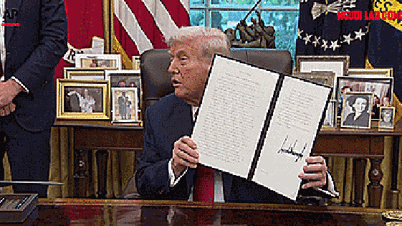

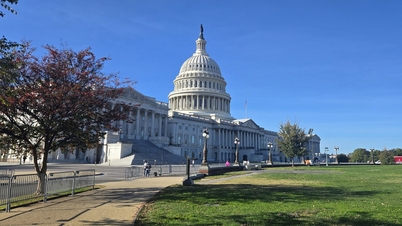

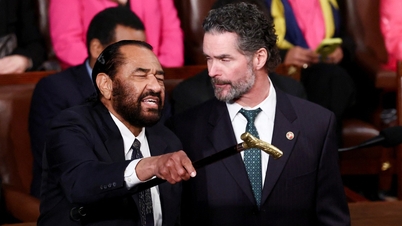
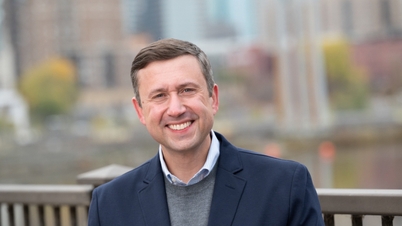

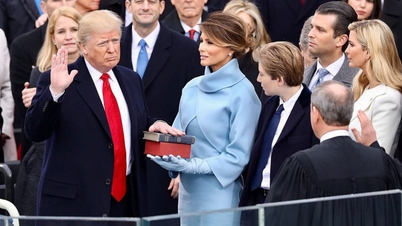



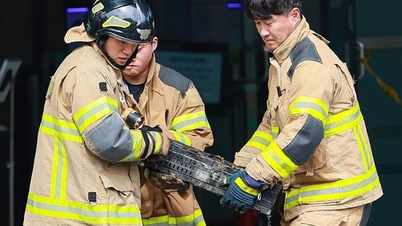









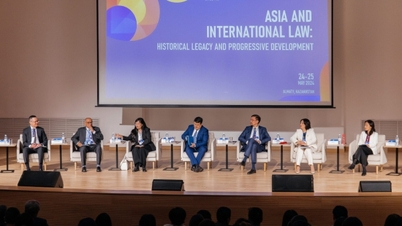
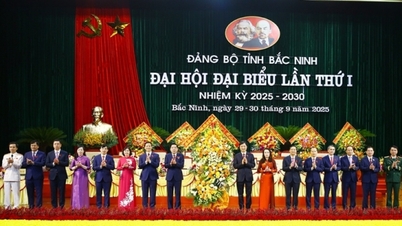
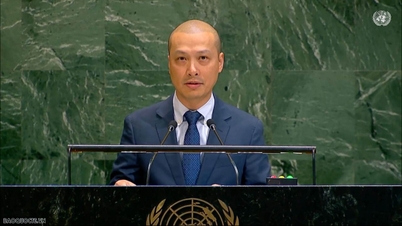
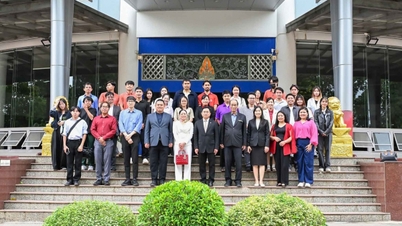




















































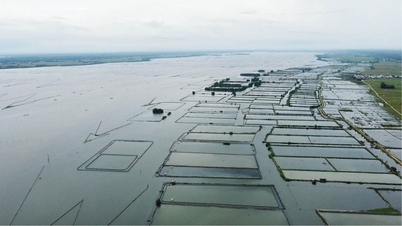


















Comment (0)